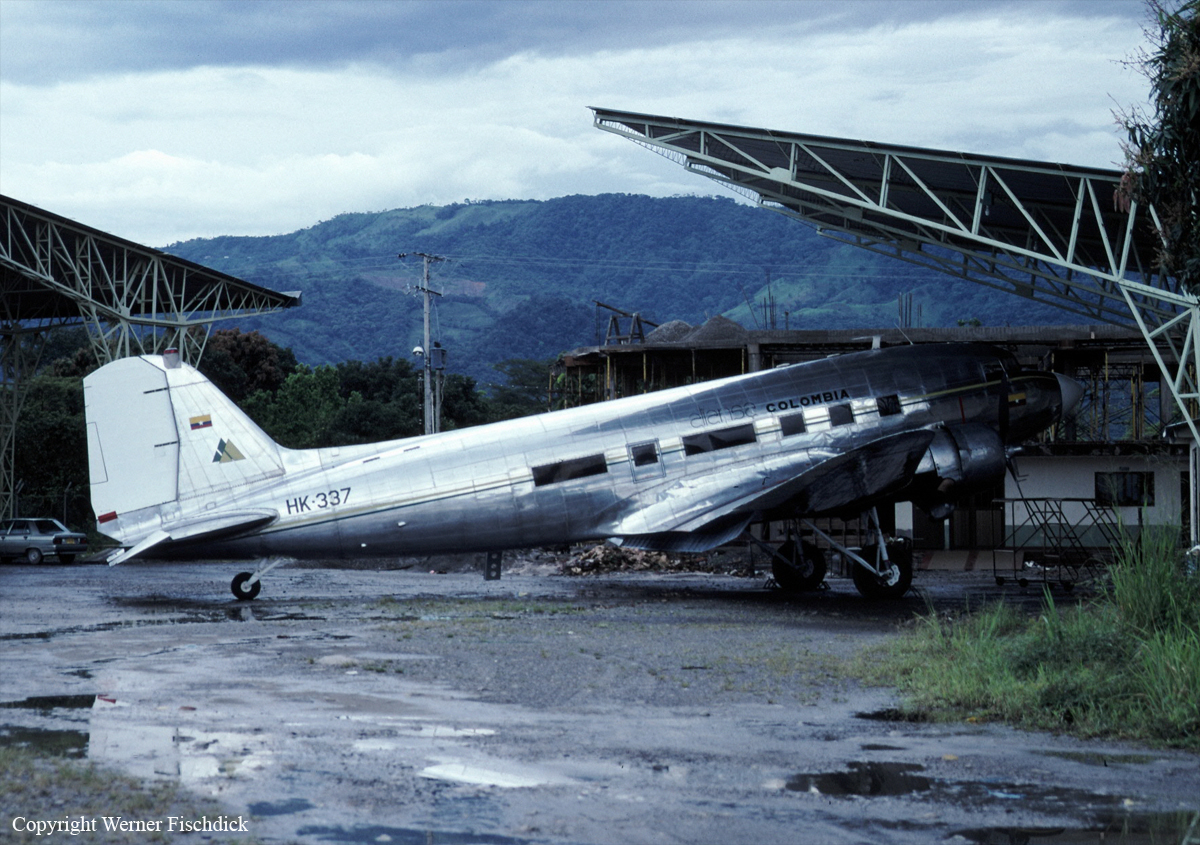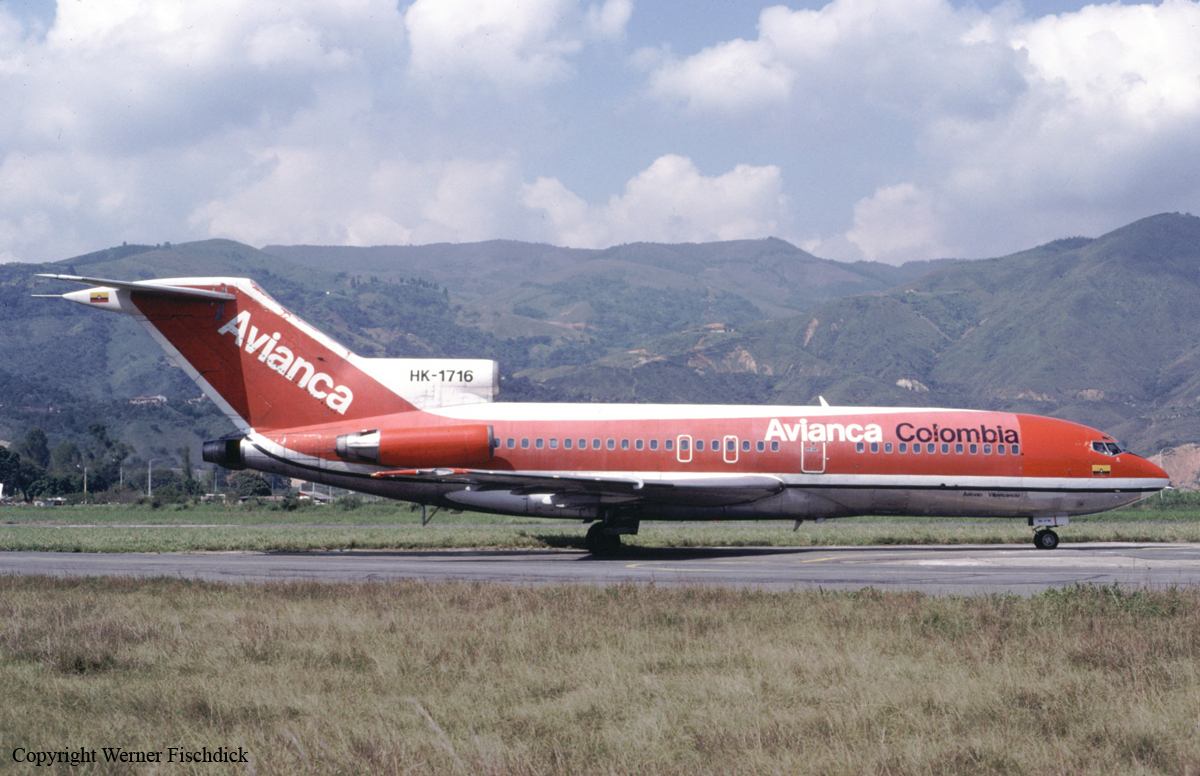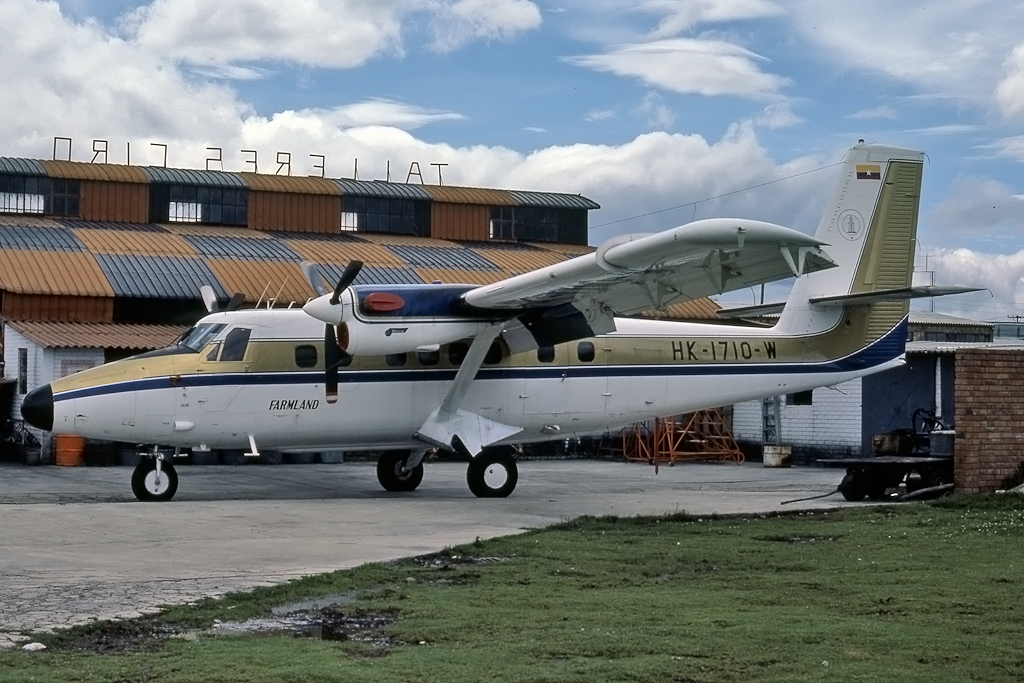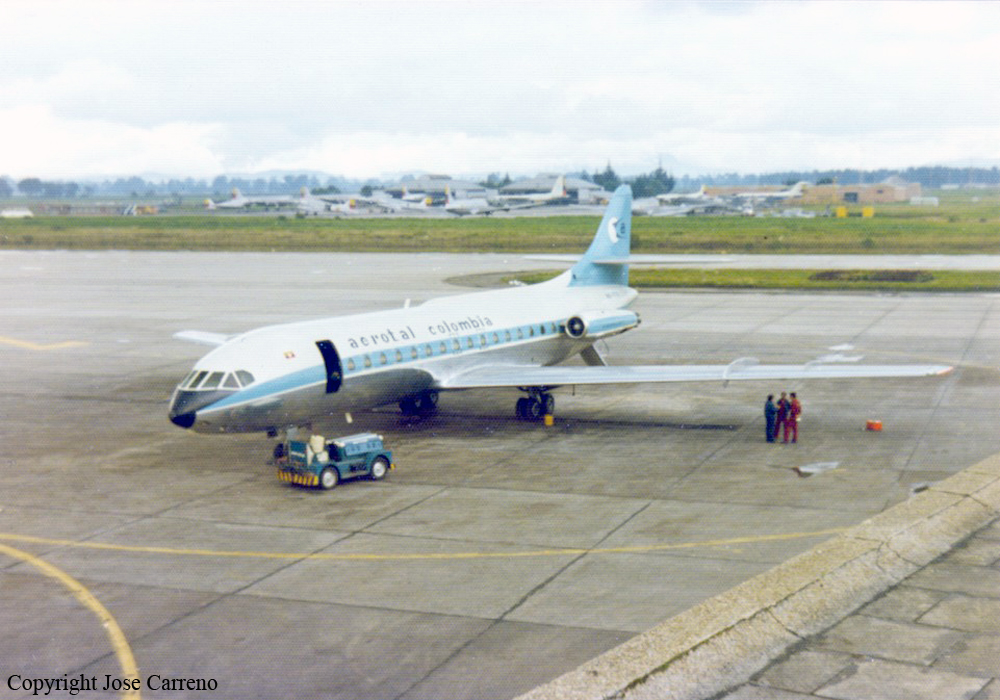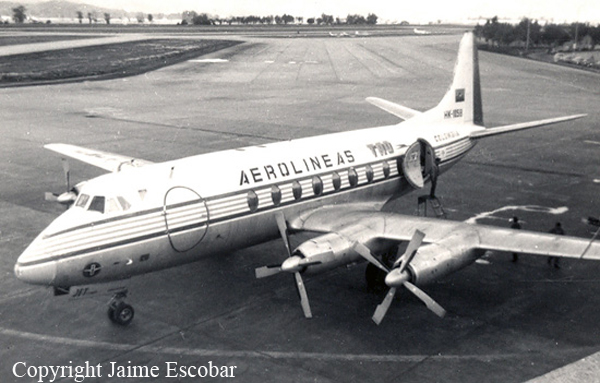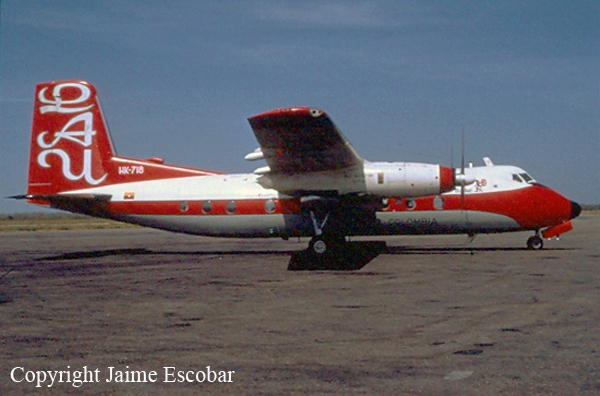Crash of a Douglas DC-3C near Tame: 8 killed
Date & Time:
Mar 18, 1999 at 1630 LT
Registration:
HK-337
Survivors:
No
Schedule:
Cúcuta – Yopal
MSN:
11831
YOM:
1943
Crew on board:
3
Crew fatalities:
Pax on board:
5
Pax fatalities:
Other fatalities:
Total fatalities:
8
Captain / Total hours on type:
7623.00
Copilot / Total hours on type:
940
Aircraft flight hours:
29475
Circumstances:
The twin engine aircraft departed Cúcuta-Camilo Daza Airport at 1533LT on a charter flight to Yopal, carrying five passengers, three crew members and a load of 2,500 kilos of various goods. About an hour into the flight, while cruising over the El Cocuy National Park, the aircraft encountered unfavorable currents, lost height and crashed in an isolated and mountainous area located about 45 km west of Tame. The wreckage was found on 12 April 1999 and all eight occupants were killed.
Probable cause:
Possible loss of control of the aircraft due to the presence of strong air currents or windshear, accompanied by extreme turbulences that caused the aircraft to lose height and struck the ground. Inadequate planning of the en route flight, overflying the mountain range apparently with the purpose of performing the operation in less time.
Final Report:
